Picture this: you fire off a message that feels important, watch it disappear into the digital void, and then spend the next hour wondering if it actually made it to your friend's phone. Google Messages will soon tell you exactly what happened to sent messages, ending that familiar anxiety once and for all.
Here's what's changing: Google is rolling out enhanced message status indicators that go way beyond the basic "sent" confirmation. Think of it as a complete diagnostic readout for your texts—you'll know not just that your message left your phone, but exactly where it landed and what happened along the way.
The timing couldn't be better. As RCS adoption accelerates internationally and more people are seeing dual SIM RCS enabled as of January 2025, the need for crystal-clear message tracking has never been more critical. This isn't just about curiosity—it's about making digital communication as reliable as it should be.
The New Status Game: What Your Messages Are Actually Telling You
Remember when we had to guess whether that important text actually reached its destination? Those days are numbered. Google's enhanced status system transforms your message history into a detailed delivery report that would make a logistics company jealous.
The biggest change centers around read receipts getting a bolder look. A recent update made read receipts in Google Messages stand out more with a white background, moving away from the original design where the circular background matched the rest of the bubble. In August 2024, Google switched things up, moving the read receipts inside the message bubble for better visibility.
Here's where it gets sophisticated: the system now delivers granular insights into delivery patterns. Whether your message hit during peak network congestion, bounced off a carrier gateway, or got stuck in a cross-platform translation, you'll see exactly what happened. For group chats, this means knowing not just who read your message, but when each person received it and whether any delivery hiccups affected specific recipients.
But the real game-changer is Google's new "Details" button in the RCS chat settings that appears during registration issues, showing status codes, carrier information, and device IDs when things go wrong. Instead of messaging failing silently and leaving you wondering, you get a complete technical breakdown.
PRO TIP: That new Details button feels like a rescue tool for those who struggle to gather and share diagnostic data with support teams—no more playing tech detective when your messages won't go through.
Behind the Scenes: How RCS Is Making This Possible
The real magic happens thanks to Rich Communication Services (RCS), a modern messaging protocol designed to replace SMS and MMS. Unlike the ancient SMS system that basically shrugged and hoped for the best, RCS offers features like high-resolution media sharing, typing indicators, read receipts, and Wi-Fi/data-based delivery with actual status reporting.
Think of RCS as the difference between sending a letter with no tracking versus FedEx with minute-by-minute updates. Google Messages offers read receipts when you and your recipient use RCS chat, showing double checkmarks when the text reaches the recipient's inbox, then color-filled double checkmarks when the person reads it.
The infrastructure improvements are impressive too. More than one SIM card will appear as "Connected" in Settings > RCS chats, which will aid international RCS adoption. As of January 2025, more people are seeing dual SIM RCS enabled, making the enhanced status system even more valuable for users juggling multiple phone numbers.
These backend improvements directly enable the status revolution you're experiencing. Google says it has "significantly" addressed "media receiving" issues in Messages that resulted in failures or slowdowns when receiving images/videos. When media delivery runs smoother, status tracking becomes more accurate—you're not just seeing that your photo was sent, but confirmation that it actually rendered properly on the recipient's device.
Here's the kicker: iOS 16 brings RCS capability to the iPhone for the first time, though cross-platform read receipt functionality with Android may not function perfectly for some devices and users. Still, we're finally moving toward universal message status tracking that works regardless of whether your friend uses Android or iPhone.
The Delete Revolution: When "Oops" Gets a Second Chance
Sometimes knowing what happened to your message is less important than making it unhappen. Google Messages is finally testing a "Delete for everyone" button, giving Android users a 15-minute window to unsend an RCS text that should not have left the phone in the first place.
Early reports from the latest beta version show that a long press on a message now shows two options: "Delete for everyone" or "Delete for me." When the first choice is used, the chat replaces the text with a small "Message deleted" label that every participant can see.
Think about those everyday "oops" moments: firing off a message to the wrong group chat, sending an incomplete thought before you finish typing, or sharing a photo that looked different in your camera roll than on someone else's screen. That 15-minute window covers the critical period when you realize your mistake and need to act fast.
The feature leverages Universal Profile 2.7, which lets users "Edit, Recall and Delete message that they sent earlier for themselves and the message recipient." But here's the catch: it requires that all users have the latest version of Google Messages as "Messages may still be seen by others on older app versions."
Google Messages will seemingly notify recipients when a sender deletes or attempts to delete a message, with status indicators like "Message deleted by its author" and "Sender attempted to delete a message."
PRO TIP: Right now, the feature appears only in large group conversations—one tester had success in a thread with twelve people, while the option stayed hidden in smaller groups and one-to-one chats.
What This Means for Your Daily Digital Life
The enhanced message status system isn't just about technical improvements—it's about bringing the same reliability expectations we have for email and other modern communication tools to texting. No more wondering if your dinner plans reached your friend or if that important work update got lost in the digital ether.
Picture coordinating a group dinner where everyone needs to confirm their attendance. Instead of sending follow-up messages asking "did you see my text?", you'll know exactly who received your message, when they read it, and whether any delivery issues affected specific people. For work communications, this means the difference between assuming your deadline reminder reached the team and knowing for certain that it did.
Google Messages is receiving updates focused on usability, security, and personalization, with upcoming upgrades including live location sharing, expanded text fields, group chat links, and better RCS storage management. The expanded text message field now supports up to 14 lines, improving visibility when drafting longer texts.
These improvements work together to create a messaging experience that finally matches how we actually communicate. Universal Profile 2.7 makes official "Replies and Reactions (including Custom Reactions) to sent and received messages" instead of messaging apps manually converting reactions, meaning those heart and thumbs-up responses will work seamlessly across different devices and platforms.
The safety implications are equally significant. Real-time Scam Detection will flag conversational text patterns commonly associated with scams, launching in English first in the U.S., U.K. and Canada. When you can see exactly how messages are being delivered and whether they're coming from verified sources, it becomes much harder for scammers to impersonate legitimate contacts.
Meanwhile, new snooze features could include presets of 1 hour, 8 hours, 24 hours, or "always," with the option to allow notifications for mentions—exactly what you need when you want to stay focused but not miss urgent messages.
The Crystal Ball: Where Message Status Goes Next
The enhanced status system represents more than just a feature update—it's Google's bet on making texting as reliable and transparent as every other digital communication tool we depend on. But what's coming next feels like the natural evolution of messaging: full transparency about delivery, read status, and even failed attempts, combined with the ability to fix mistakes before they cause problems.
The timing is rather important, considering Apple plans to also move to the same RCS profile that supports these extra features later this year. If the company follows the same pace, delete for everyone could reach most phones by the end of 2025.
Picture a messaging future where cross-platform communication works as seamlessly as texting within the same ecosystem. The status revolution isn't just about Android users knowing what happened to their messages—it's about creating a universal standard where everyone gets the same level of delivery transparency, regardless of their device.
We're looking at a messaging ecosystem where failed deliveries trigger automatic retries with detailed logs, where you can schedule message deletion for sensitive information, and where AI-powered delivery optimization routes your messages through the fastest available channels. The infrastructure Google is building now with enhanced status tracking lays the groundwork for these more advanced features.
Soon, you'll know exactly what happened to every message you send, when it happened, and—if something goes wrong—you'll have the tools to fix it. After years of digital communication feeling like throwing messages into a black hole, we're finally getting the transparency we've been waiting for.
The question isn't whether enhanced message status will change how we text—it's how quickly we'll wonder how we ever lived without it.




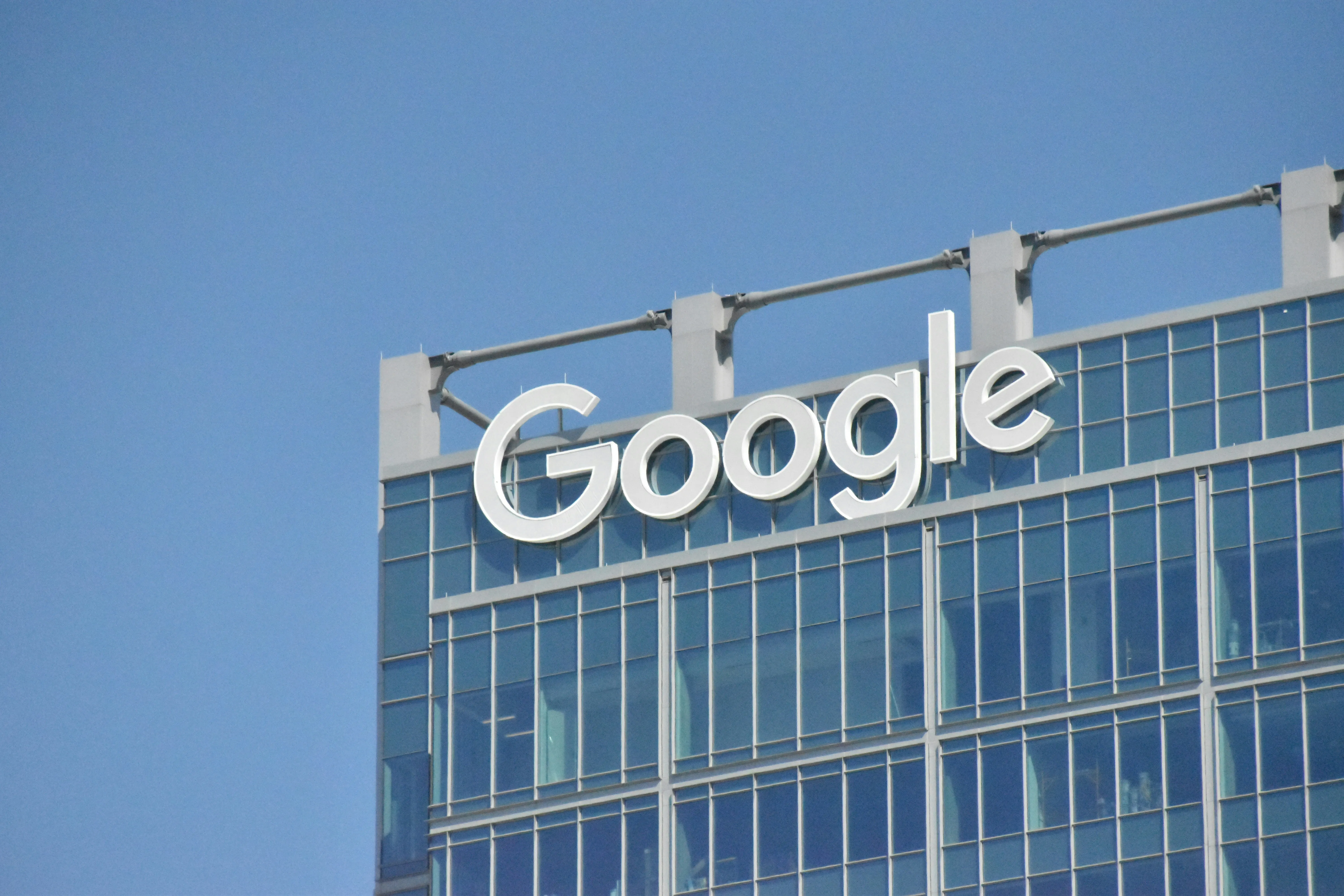
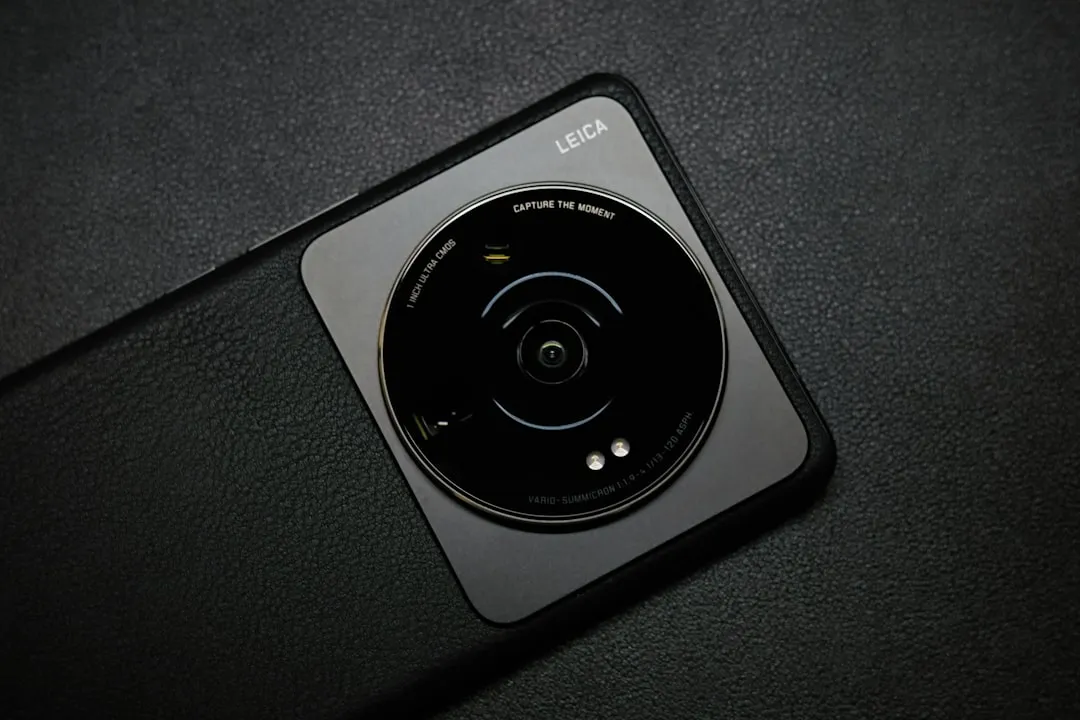
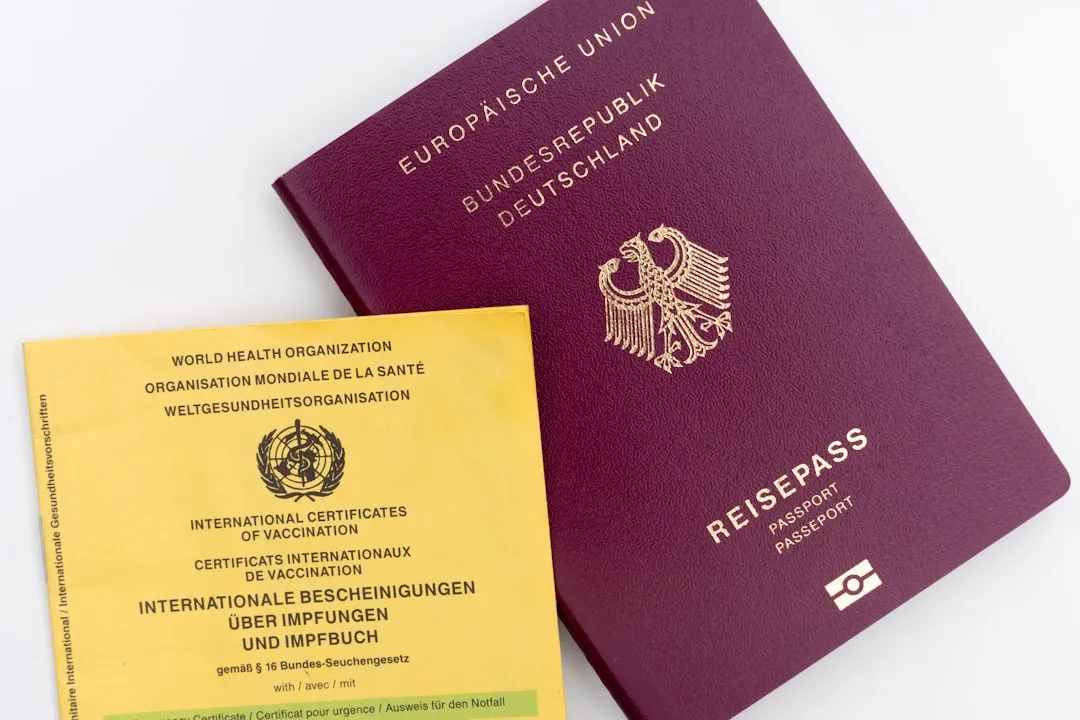

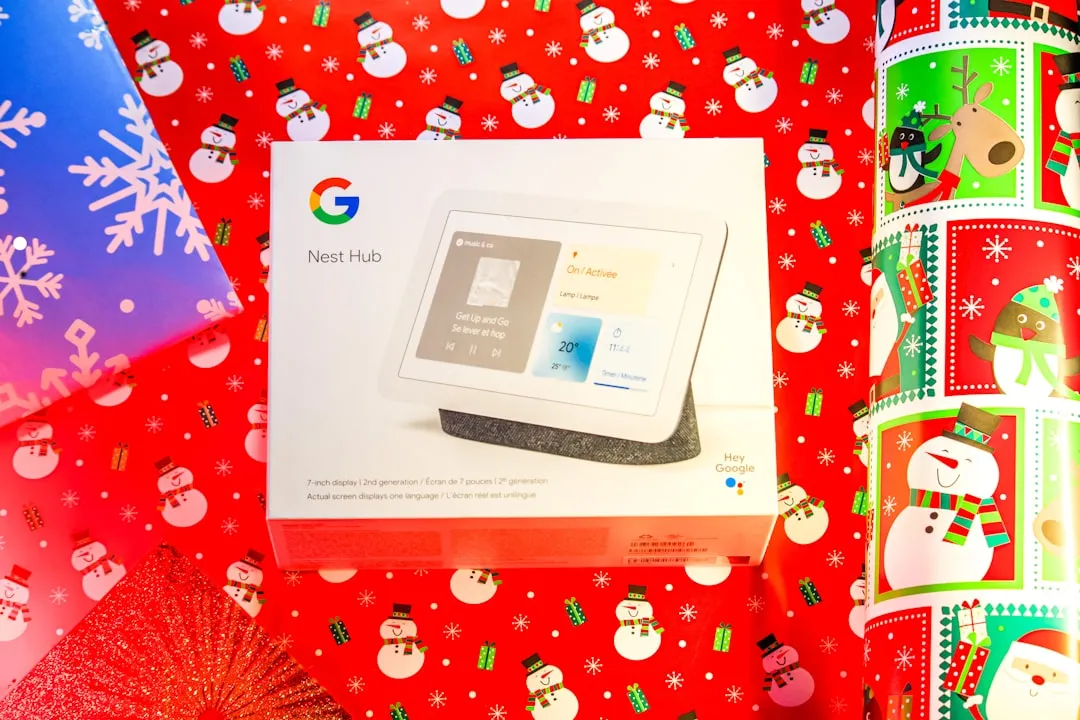
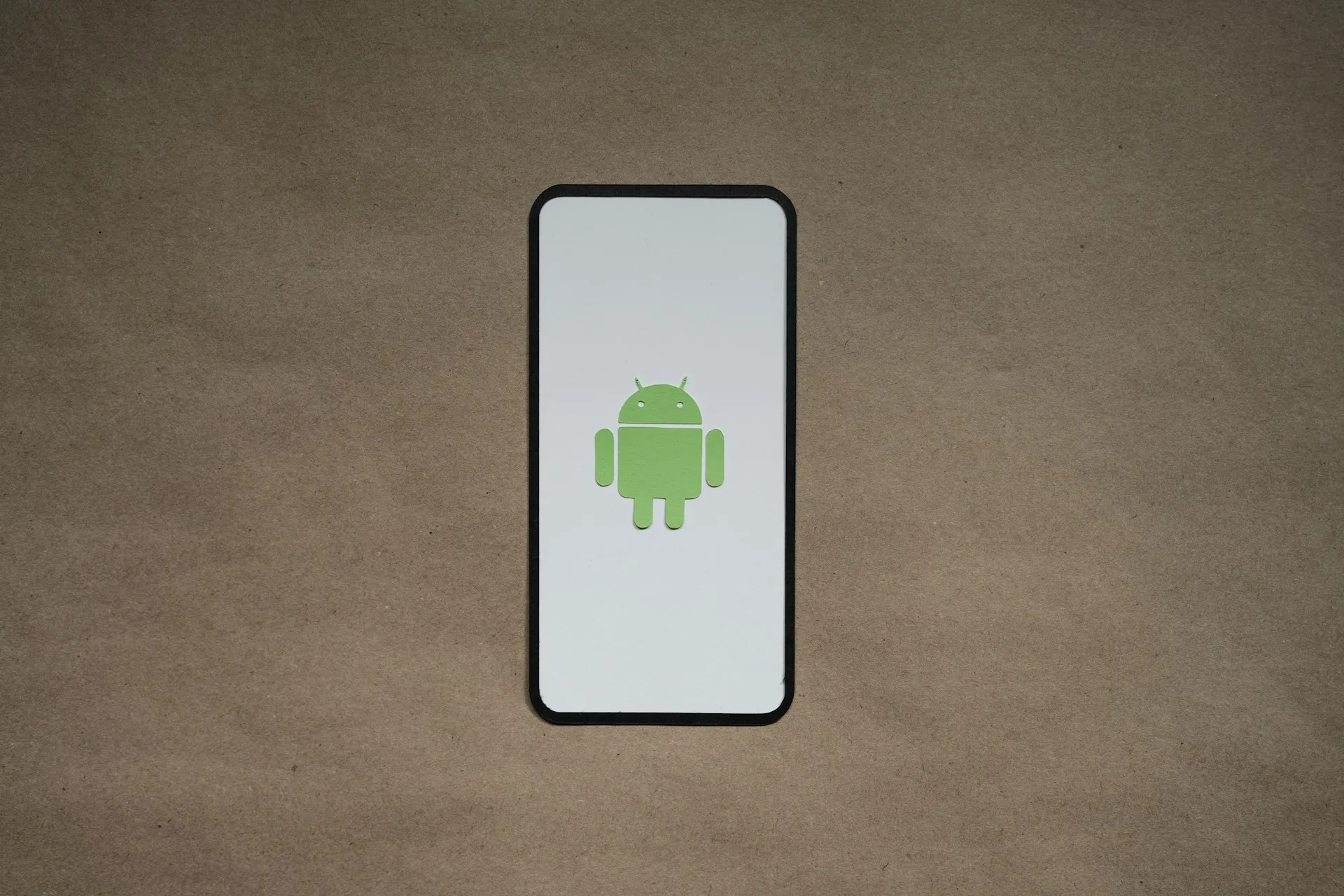

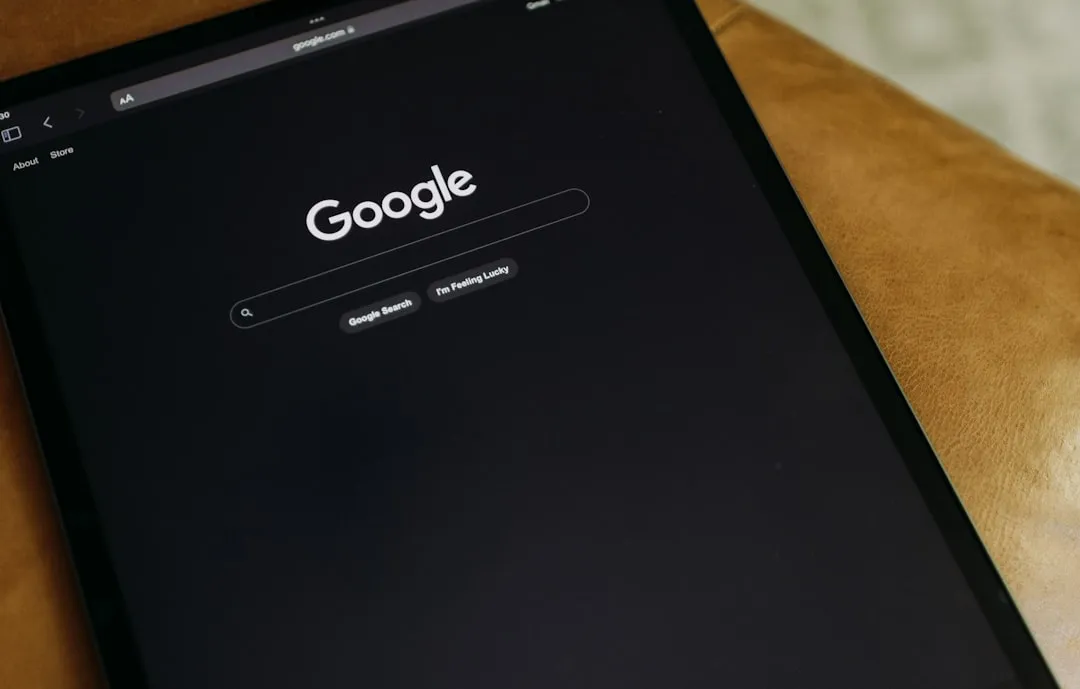
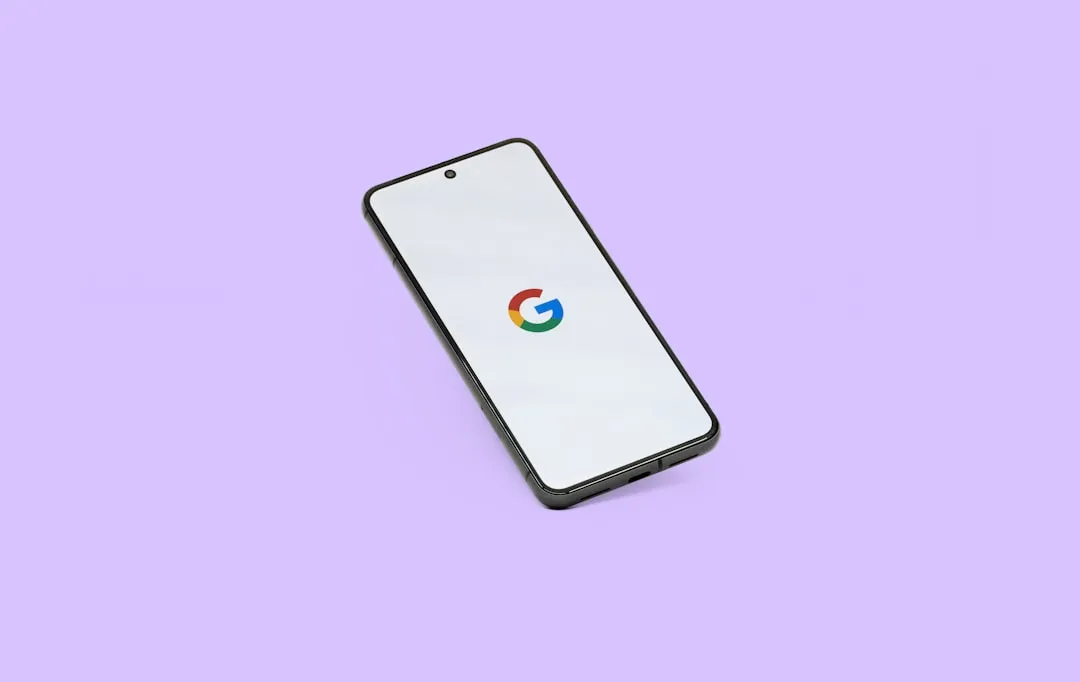
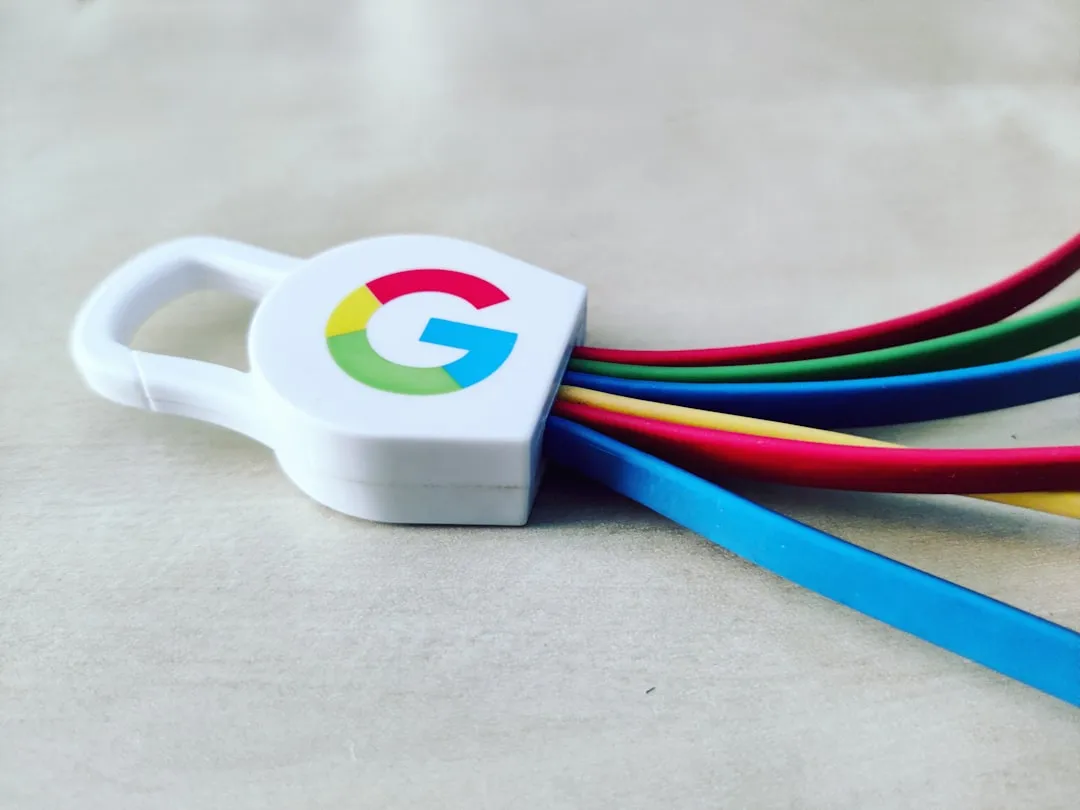
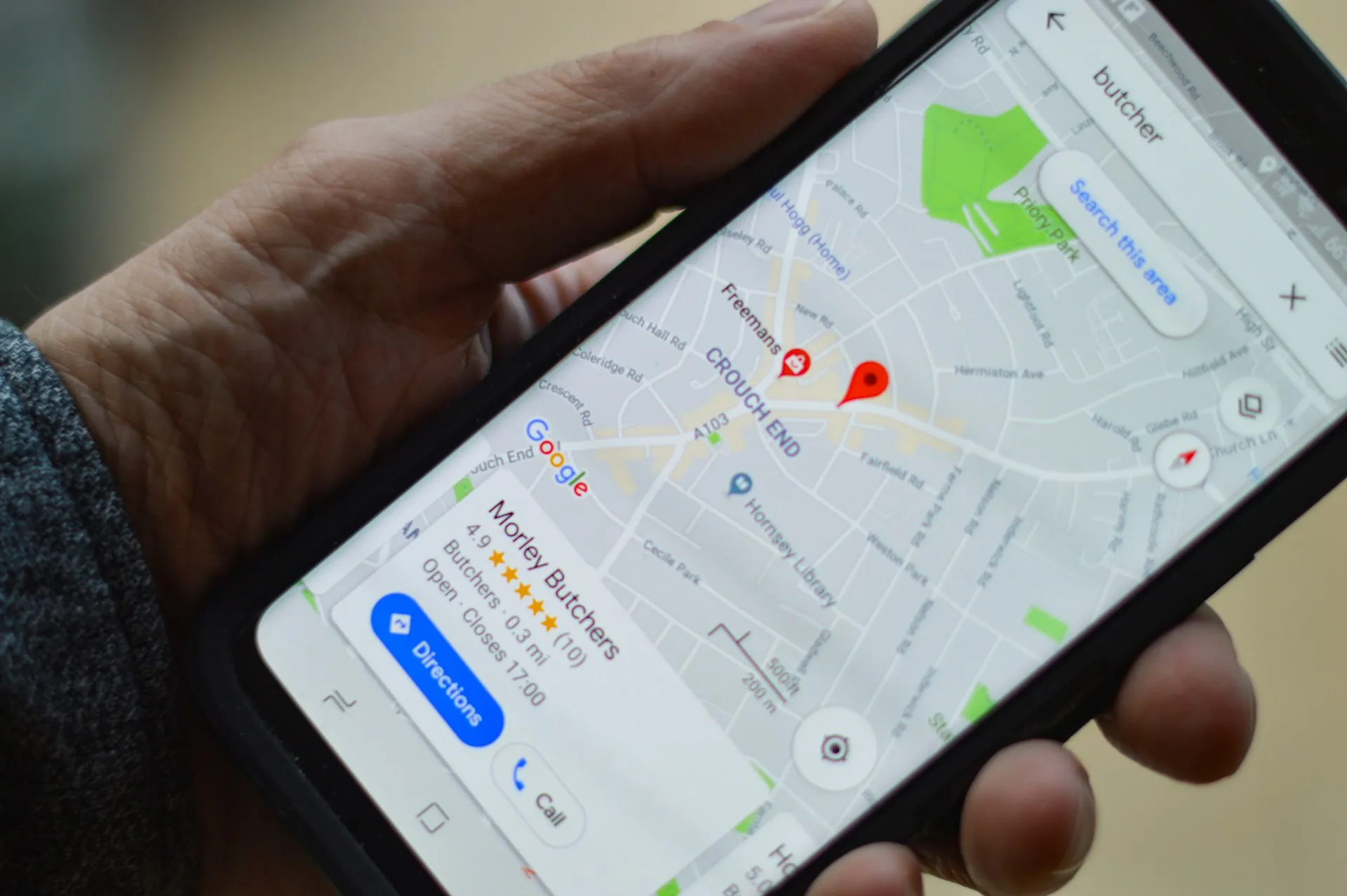


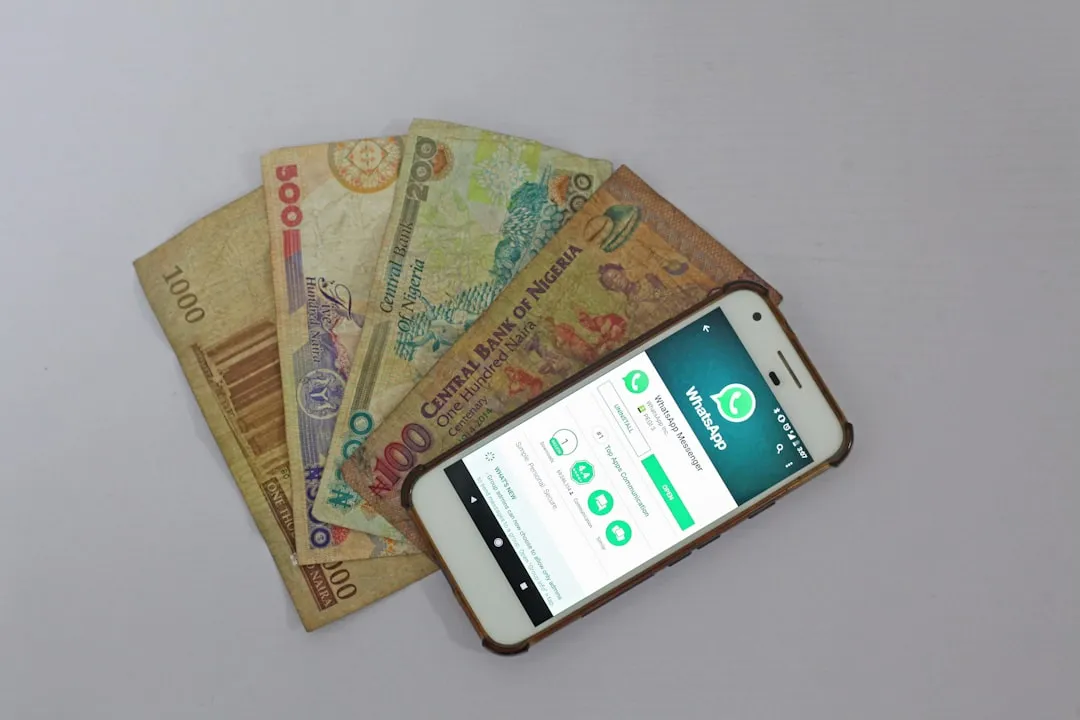
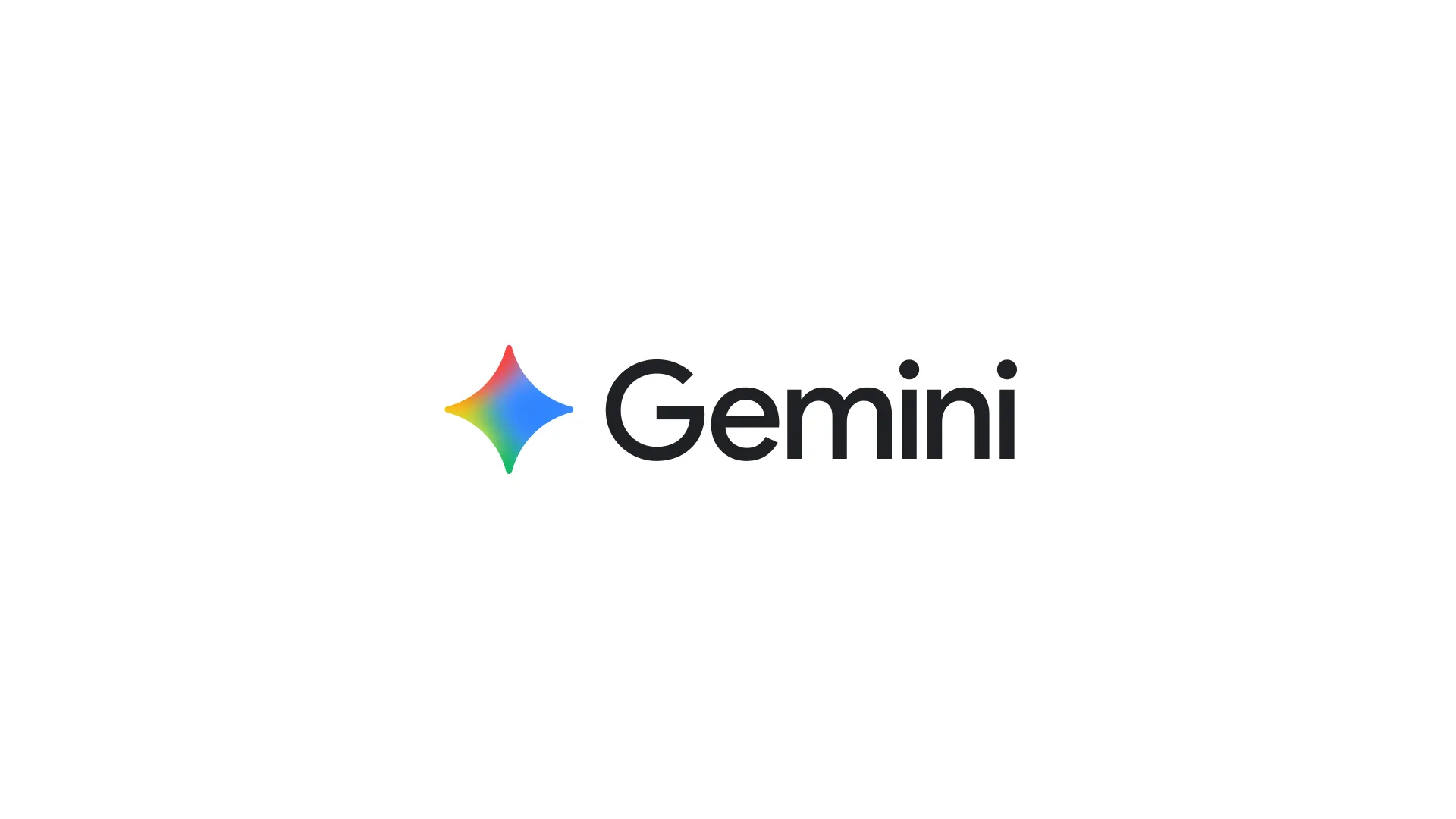
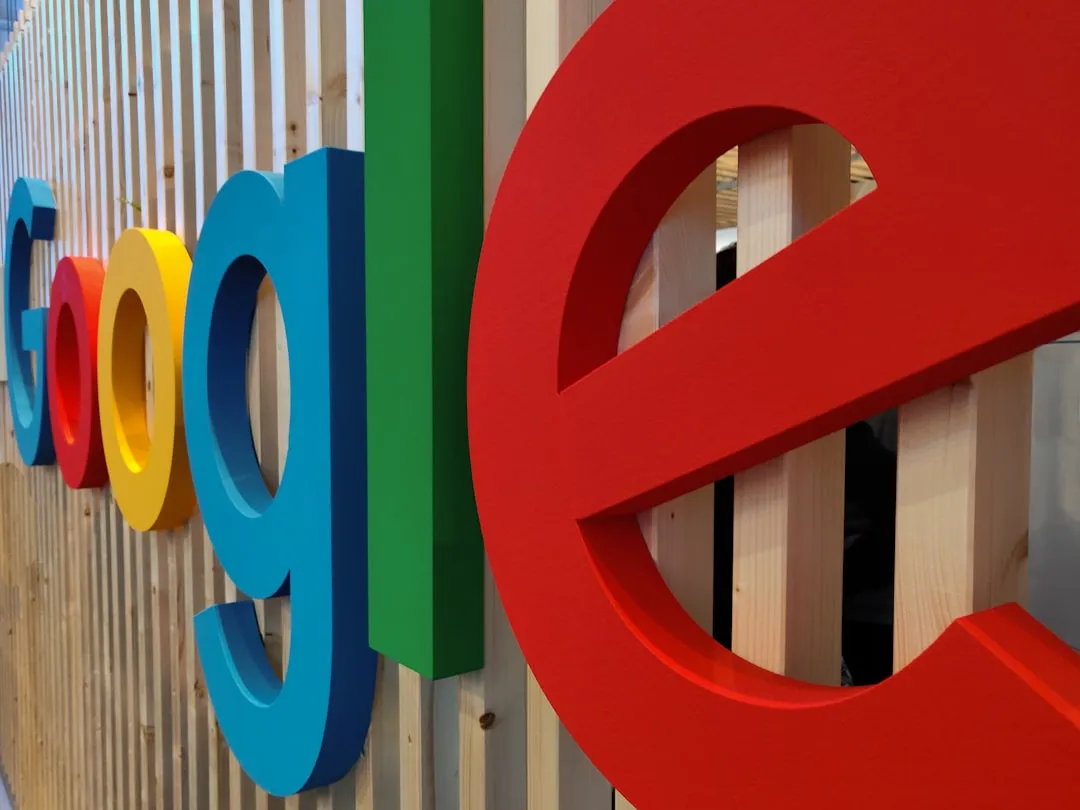
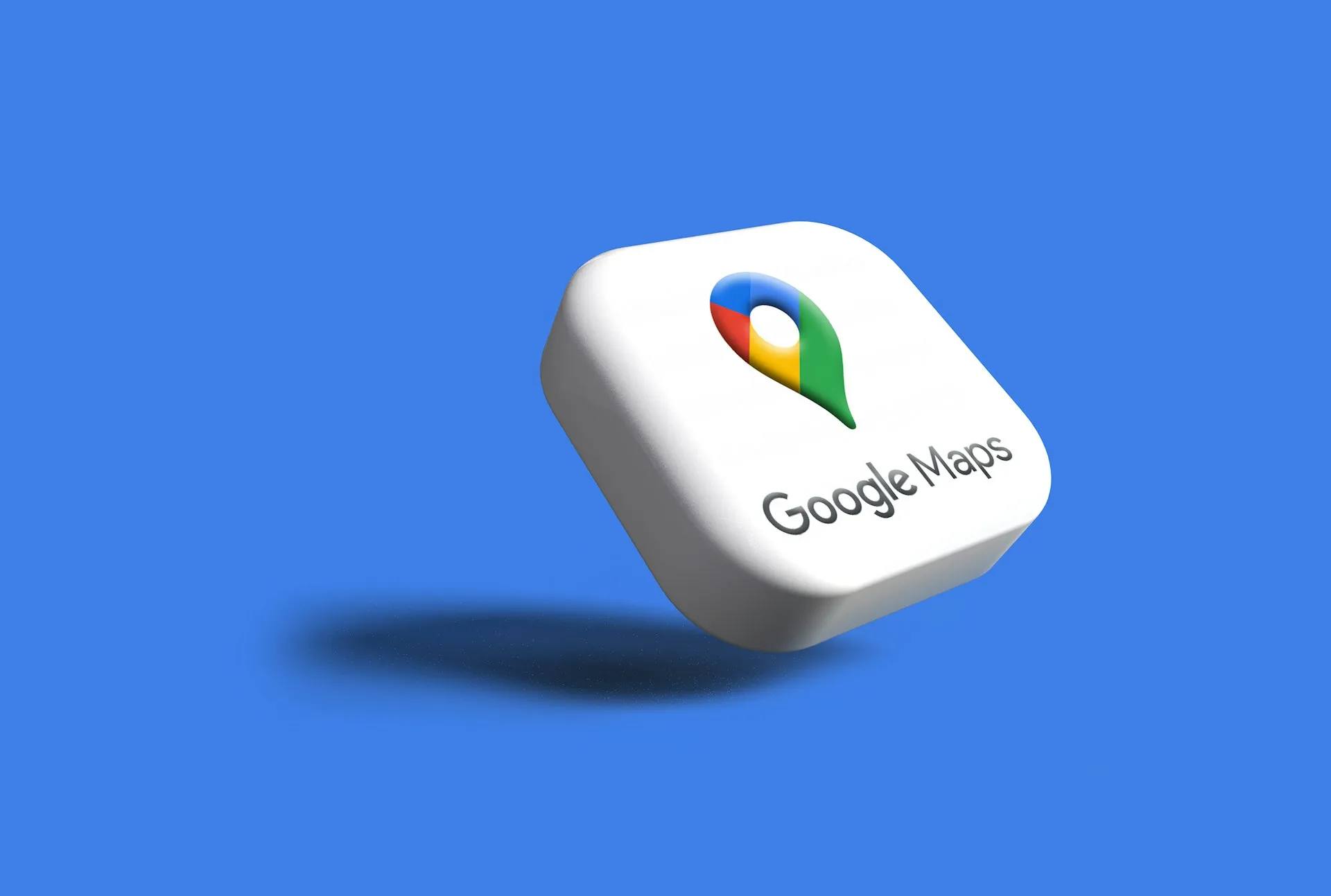
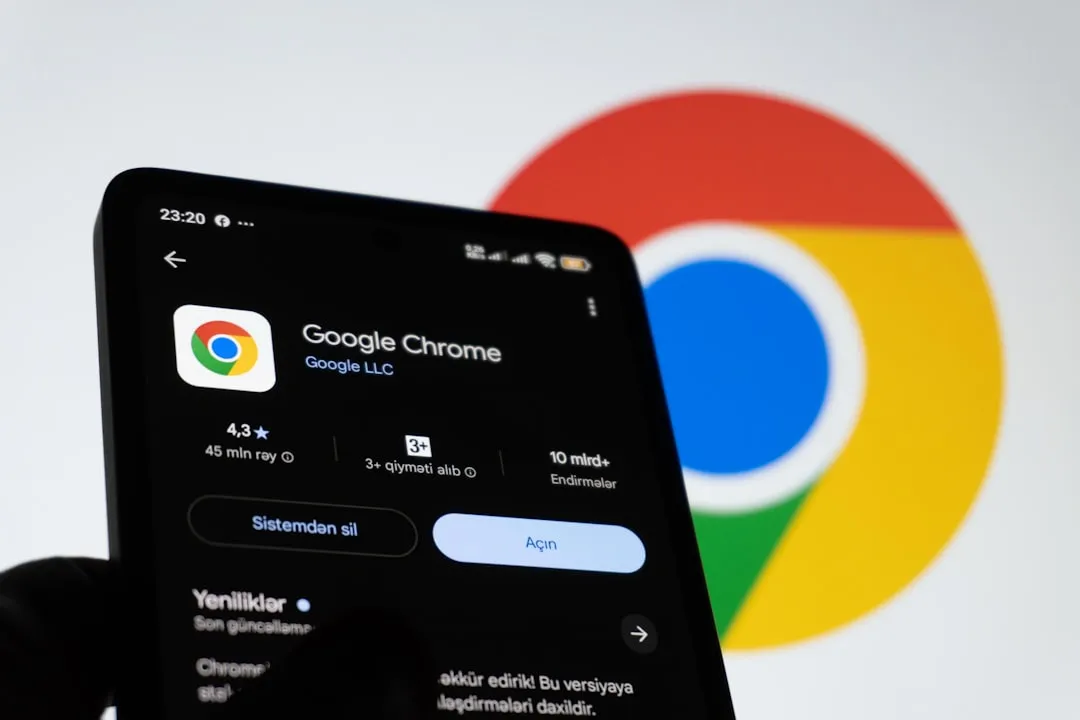

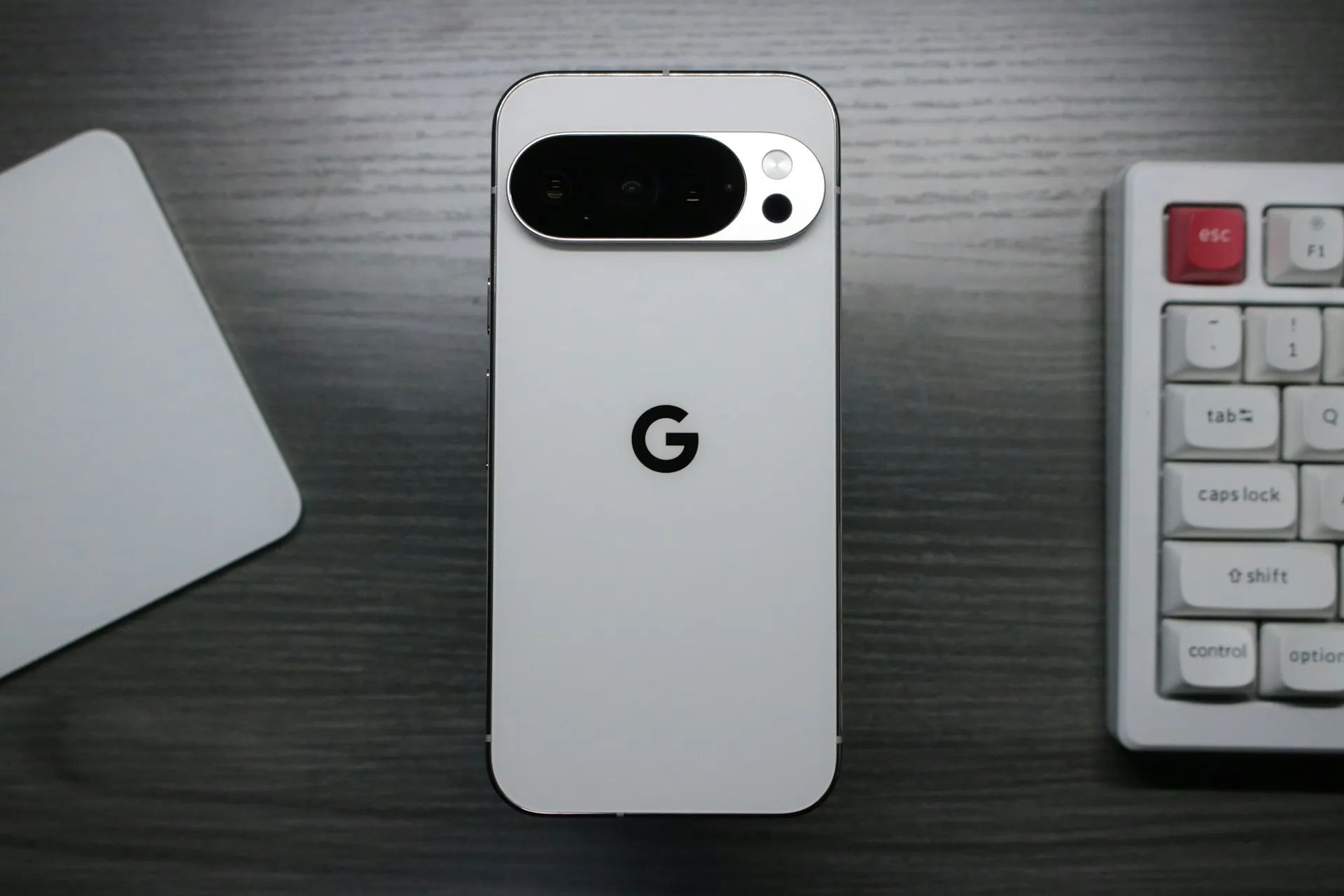
Comments
Be the first, drop a comment!